
3 Components of Every Habit (and How Knowing Them Can Make You a Master of Habits)
Habits – they’ve been described as the ‘master of life’.
And for good reason.
Virtually everything you do each and every day is a habitual behavior, developed and conditioned through months or even years of doing the same general behavior over and over again.
Some of these are intentional. Others, not so much. In just the same way, some of these habits are, or can be, very beneficial. Others? A hindrance.
But what is the common denominator? What drives all habitual behavior? That’s something I wanted to find out. The reason is simple: to master something, you need to first understand the basic inner-workings of it.
The only proper way to eliminate bad habits is to replace them with good ones.– Jerome Hines
What are the fundamental makings of a habit? And how do we control these factors to remove negative habits and set new, positive ones?
Fortunately, researchers at MIT have begun to discover exactly that.
Ann Graybiel and her team at MIT's McGovern Institute have discovered that there’s a very predictable neurological pattern which forms every habit – whether good or bad. And, in addition, by learning to manipulate this pattern we can improve our ability to not only remove bad habits but replace those bad habits with more positive ones.
This pattern comes down to three components, each working like a sort of feedback loop that builds on itself:
1. Cue
The cue is where it all begins. This is what starts the habit “feedback loop”.
Examples of a potential cue can be:
- Hunger
- Craving
- A particular mood (like sadness)
- An action (like getting out of bed)
2. Routine
Once we’ve been cued, a particular routine is triggered. This is really the part we think of when we talk about habits.
Examples of routines include (based on our cue examples above):
- Order fast food
- Eat some chocolate
- Seclude ourselves when sadness (cue) sets in
- Go to the gym
3. Reward
This is the culmination of the cue and proceeding routine.
This part is especially dangerous because it closes the loop so to speak and begins establishing that new habit (or reinforces a pre-existing one), meaning if a new cue takes place along with an accompanying routine, an ample reward can establish a dangerous new bad habit. However, this can also go the other way as well.
Examples of a reward could be satisfying your hunger with the fast food you ordered or the chocolate you bought from the store, the seclusion you sought after once the sadness set in, or the feeling you get after a great workout.
How to use the 3 components to your advantage
Now that you know what the three components are, and how simple the process of creating new habits is, you might already have ideas for how to put this information to good use.
Here are some ways you can use the three components to your advantage to replace bad habits with new, positive ones:
- Switch out the routine: This can work really well and is often relatively easy, but it can take time. For example, if you have a problem with binging on fast food when you get emotional, keep a few healthy snacks on hand so you can replace the habit with something better for you. This might sound like you’re simply changing the habit, but by preemptively meeting the cue with a new behavioral response, it becomes far easier to adopt a new habitual process than it typically would be on its own.
- Offer a different reward: The reward is where we confirm to ourselves that our response to the cue (the routine) was successful. However, what if you change up the reward? For instance, offering instead something which doesn’t satisfy or accomplish said task for us can begin to decondition the habit.
- Find the cue: Simply finding the cue might not seem like something that can help us establish new, positive habits, except for one very important point: most of the time we have no idea what the cue for a particular habit even is (especially bad habits). The problem is that: 1) the cue can be so subtle that it’s hard to notice and 2) there are often several things which could be the cue and it’s hard to tell which is the source. When the habit creeps up, pay close attention to your behavior including the thoughts and emotions that coincide with the routine and receiving of the reward to find hints of what the cue might be.
Regardless, mastering habits is a difficult task. However, if you take the time to understand what drives these habits on a fundamental level, you’ll have the information necessary to start creating real change.
And the great part about this knowledge is that it doesn’t just help you remove bad habits or establish good ones, it offers a clear path for directly replacing bad habits with more positive ones in a single stroke.
No matter what old habits you want to kick or new ones you want to implement, use your newfound knowledge of the three components of habits to become an expert on the process of how new habits are established and a master of influencing them to your advantage.














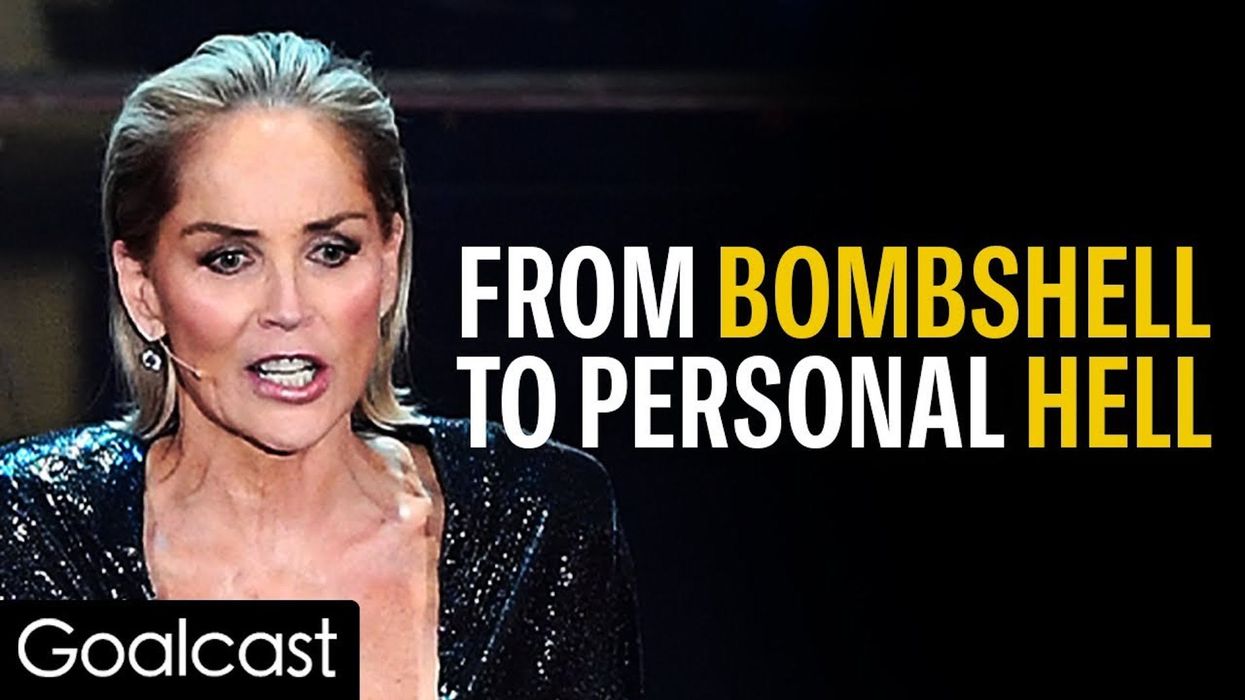
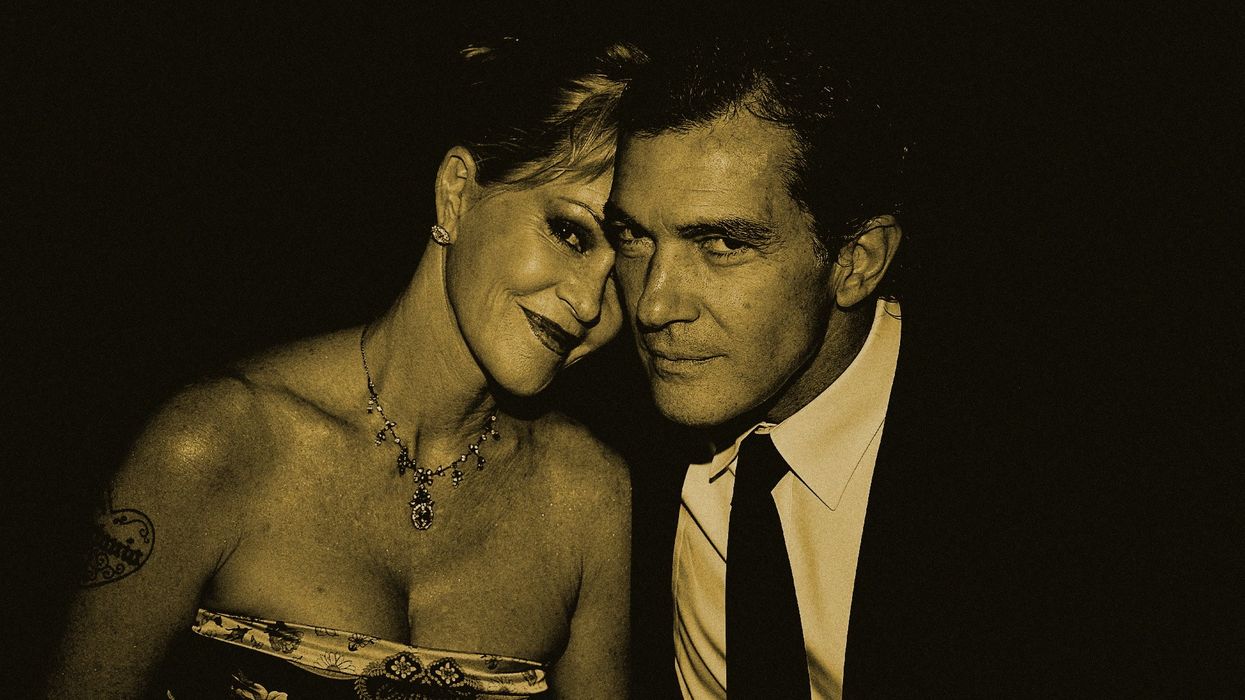
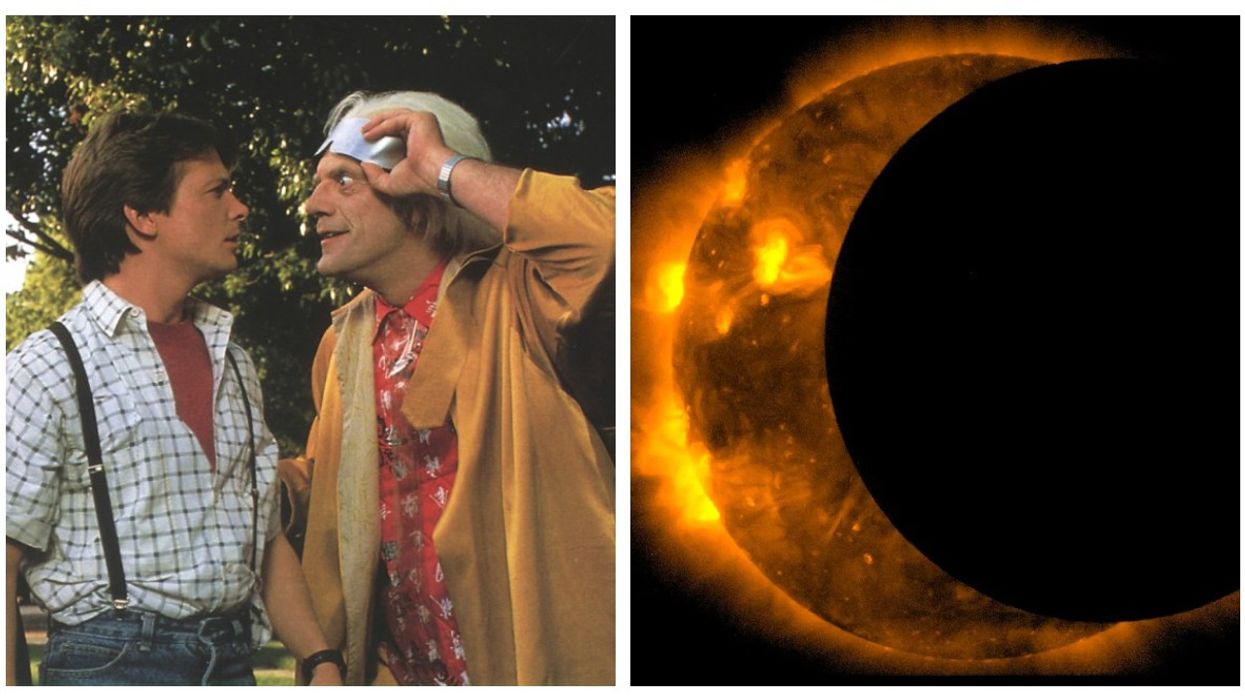

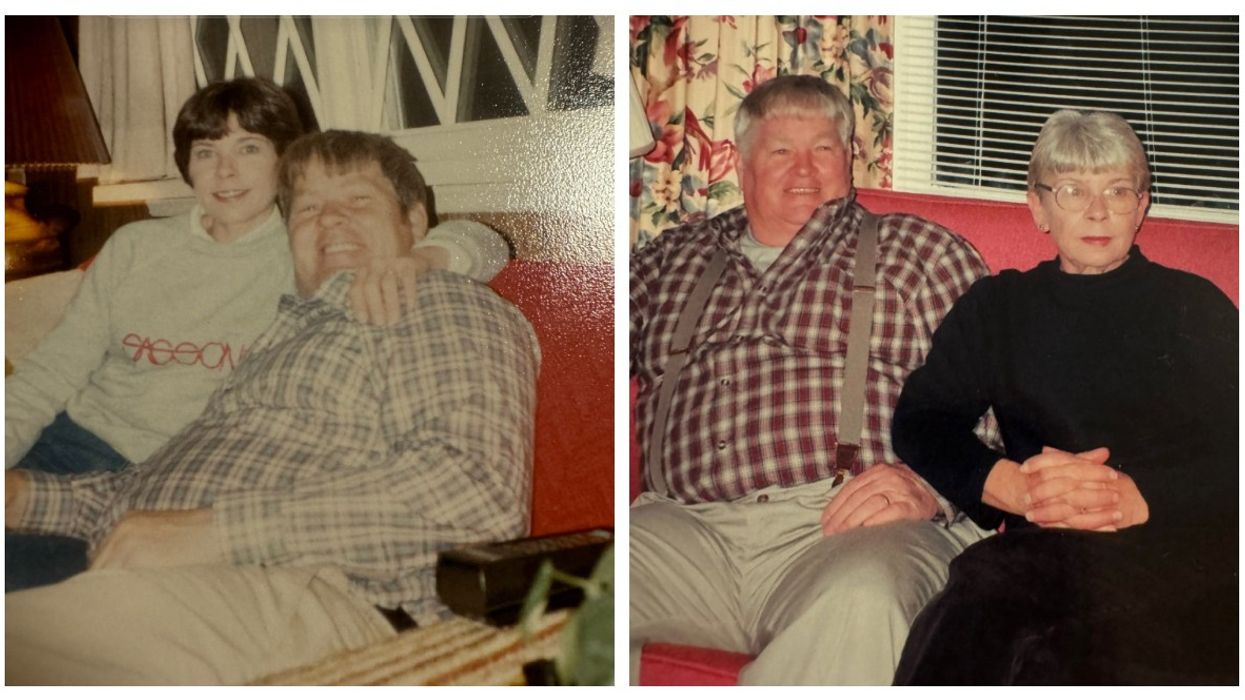
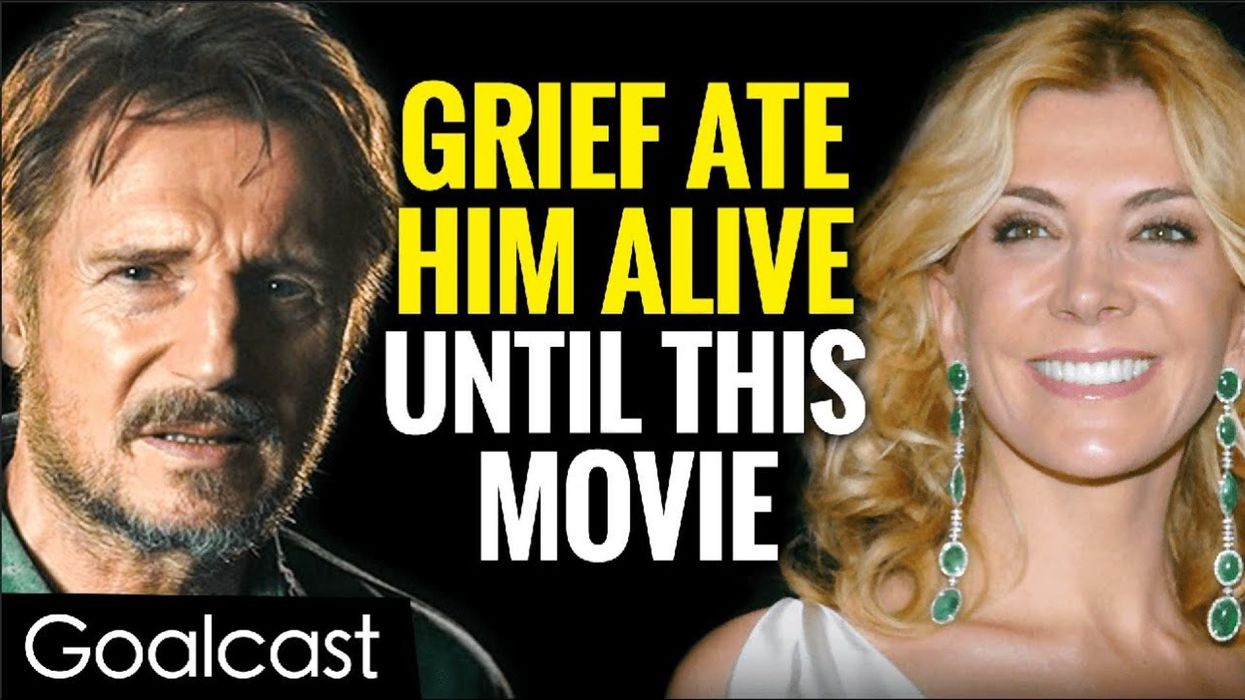
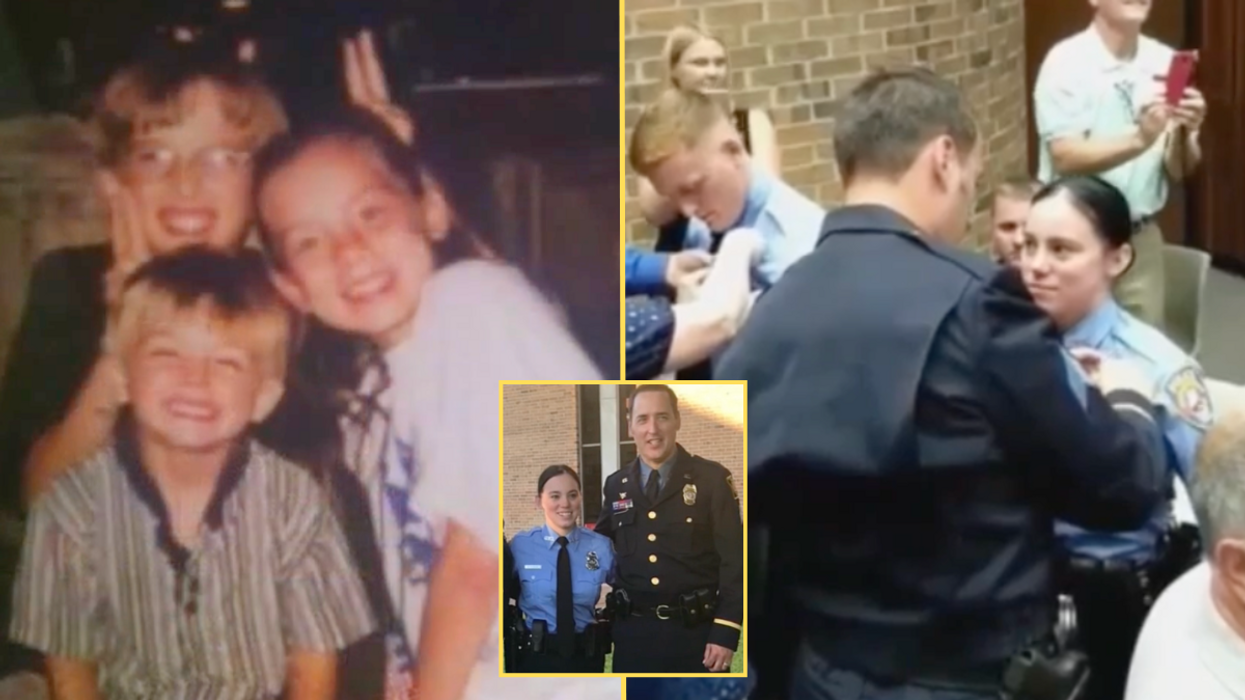
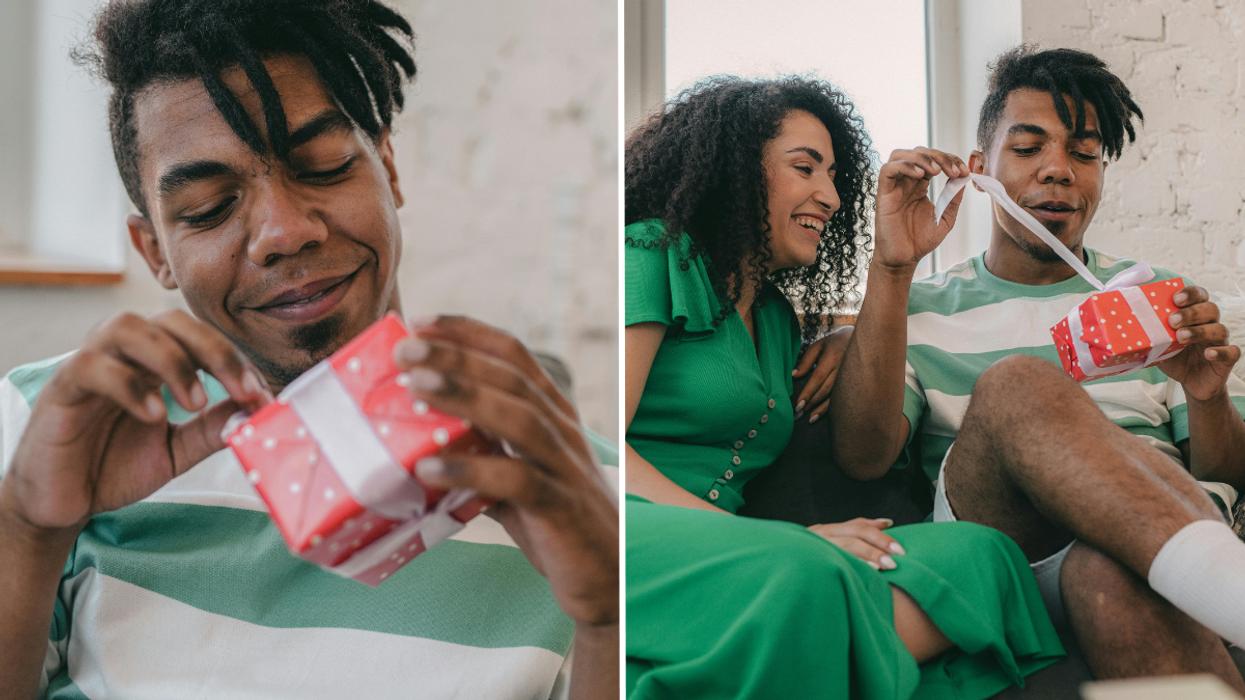
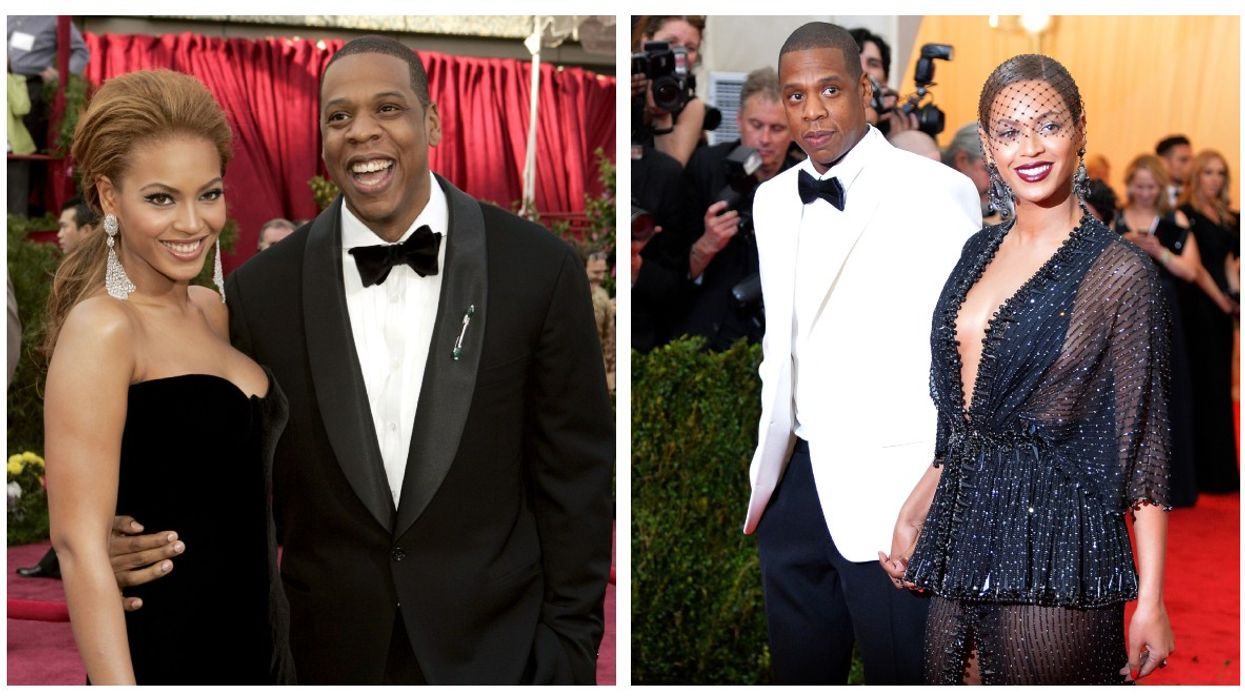
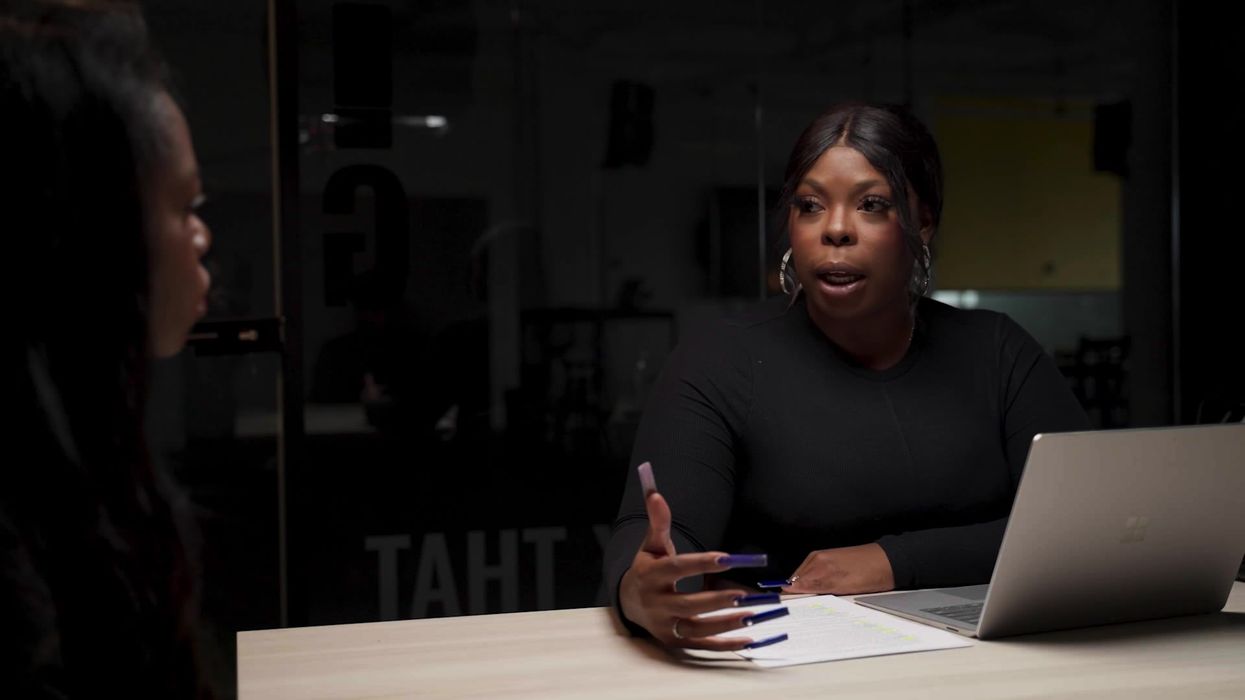
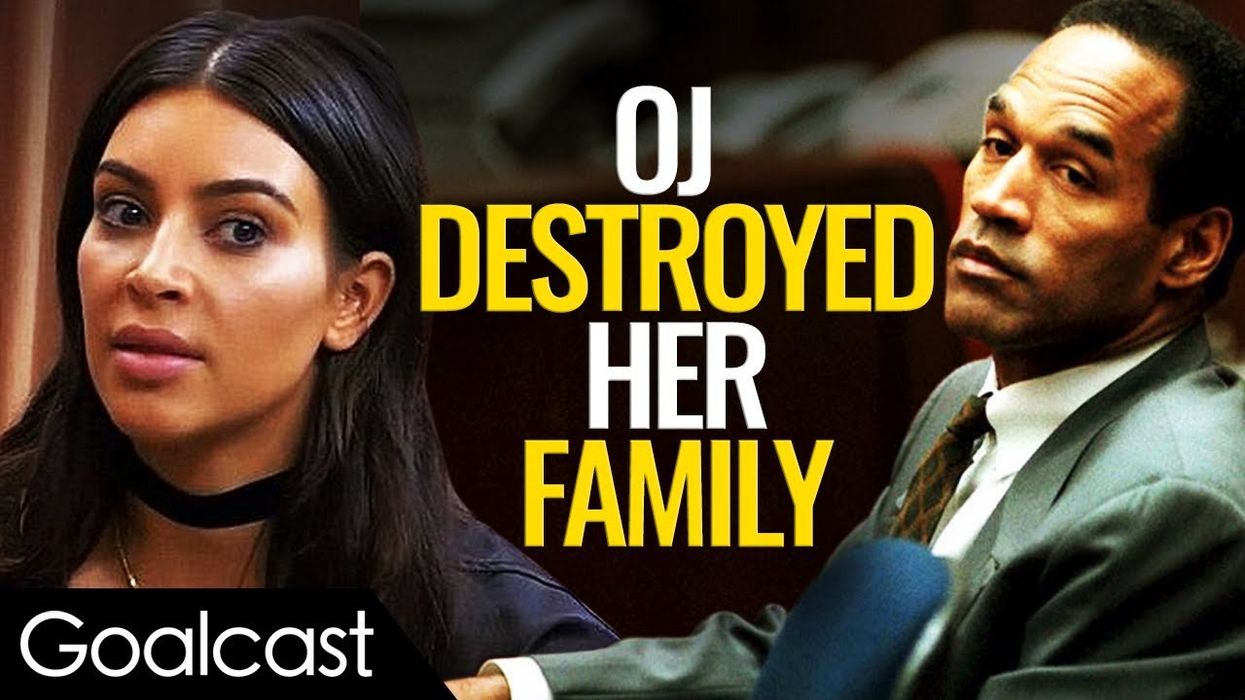
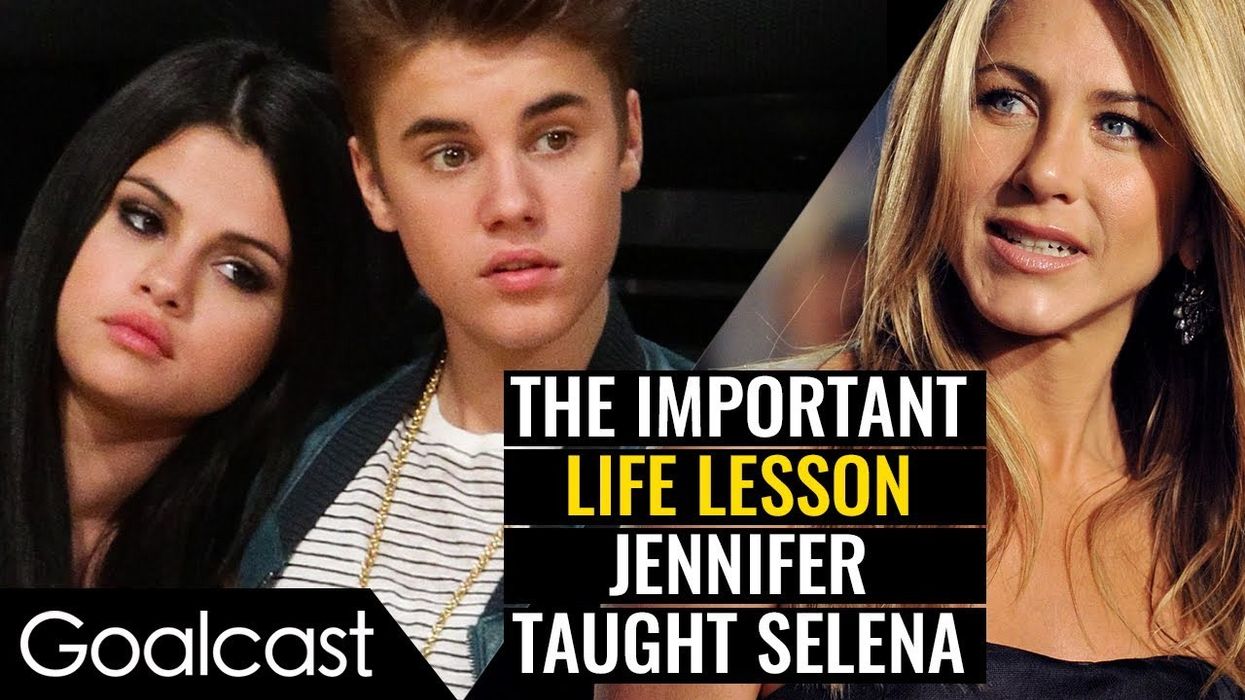
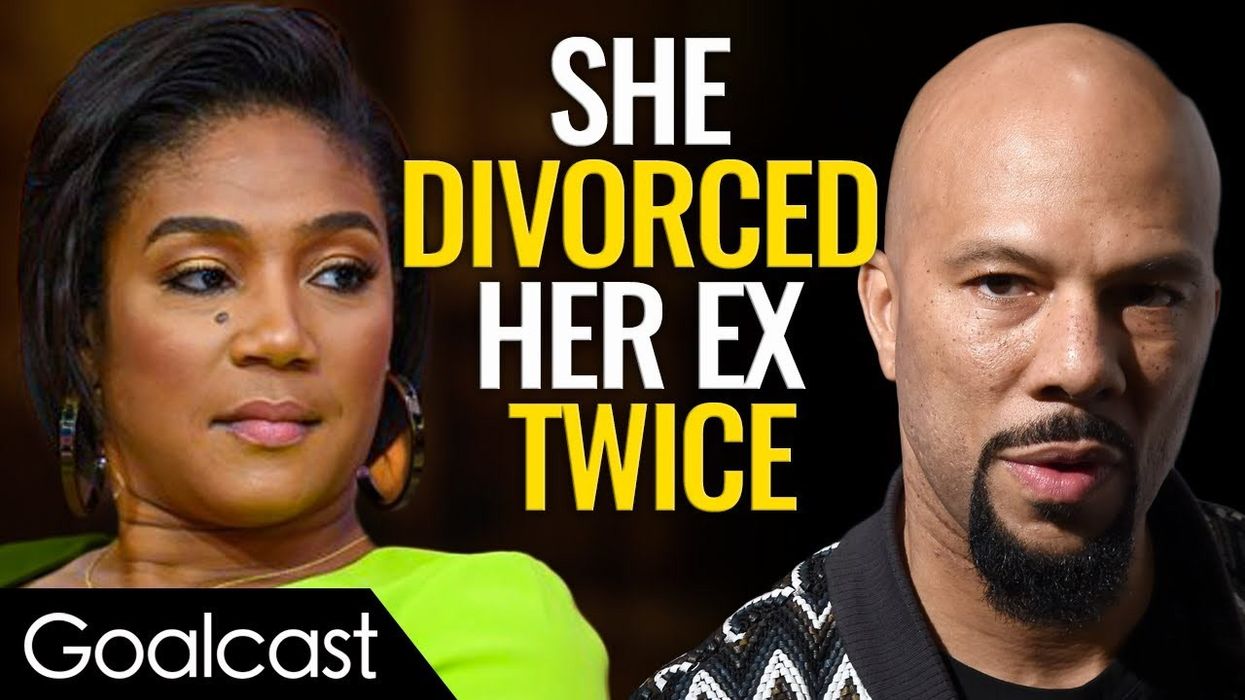




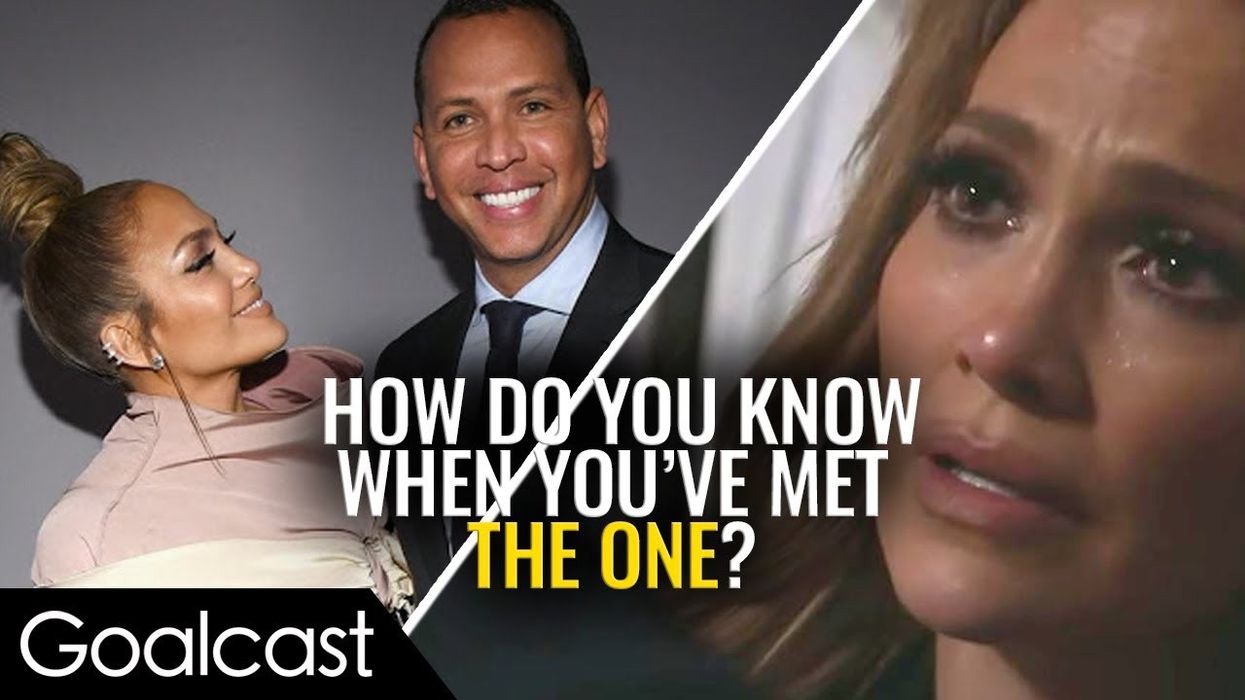
Military Dad Defends His 4 Little Daughters When Strangers Make This Rude Remark
Military Dad of 4 Daughters Defends His Girls When Strangers Make This Rude Remark
Austin von Letkemann is the military officer strangers feel "sorry" for — and the reason is infuriating.
Whenever the devoted father leaves the house with his four children, strangers can't help but notice the officer in uniform is holding hands with 4 adorable little girls. They will tell the traditionally "masculine" and "all American" dad they feel sorry for him, because he has no sons. This dad makes one thing very clear: They are his daughters, they aren't a burden.
In a passionate video, von Letkemann took to Instagram to share with his followers that the only thing that's "difficult" about being a girl dad — is clapping back to these sexist remarks over and over again.
They Mock His Daughters To Their Face
When strangers approach Austin von Letkemann and his four daughters, they don't always realize that their comments are being overheard. They seem oblivious to the fact that his girls understand every word. Von Letkemann describes how people will approach him and, without thinking, make remarks like "I'm sorry" or even joke about his lack of sons. What they don't realize is that these comments, intended to be light-hearted or humorous, can be deeply hurtful to his daughters. These strangers are not just disrespecting von Letkemann's choices as a father; they're also sending a message to his daughters that their presence is something to be pitied. It’s a message that von Letkemann won't stand for, and he's speaking out to defend his girls from these insensitive remarksSaying "Get Your Shotgun" Isn't Funny — It's Sexist
Another common comment that Austin von Letkemann encounters is the old "better get your shotgun ready" trope, often delivered with a smirk or a wink. This line is typically intended to suggest that a father with daughters should be on high alert to protect them from potential "suitors," implying that they are objects to be guarded rather than individuals with agency.
Von Letkemann finds this line of thinking outdated and sexist. In his viral Instagram video, he points out that these jokes are not just stale — they're damaging.
By suggesting that his daughters require armed protection, the joke reinforces the idea that women are inherently vulnerable and need to be shielded from men. Von Letkemann argues that instead of promoting this narrative, society should focus on teaching respect and consent, challenging these sexist tropes at their source.
Watch Austin von Letkemann's Video:
"If I Had A Fifth Child, I'd HOPE It Was A Girl" — One Dad's Message For Other Parents
Despite the constant remarks about his lack of sons, Austin von Letkemann is clear: He wouldn't trade his daughters for anything.
In fact, he told his Instagram followers that if he were to have a fifth child, he would hope for another girl. This declaration isn't just about doubling down on his pride in his family — it's a pointed response to those who see fathering daughters as a misfortune.
Von Letkemann's stance is a powerful one, rejecting the notion that a family is incomplete without sons. He encourages others to question the assumptions behind these comments and to appreciate the joy and fulfillment that his daughters bring. By sharing his story, von Letkemann hopes to create a more inclusive perspective on fatherhood, one that values daughters just as much as sons.